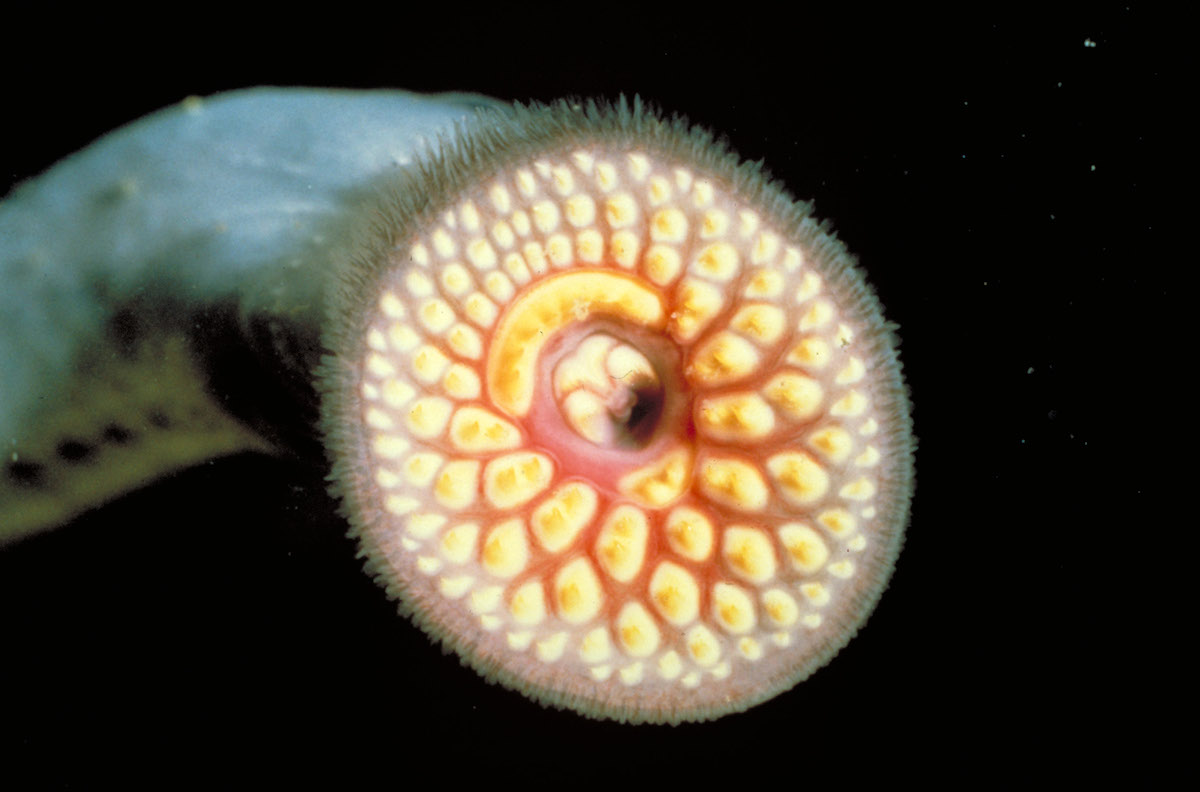Marine Parasites Are Creative Masterminds
Meet some of the weirdest and wildest parasites found in our ocean

Parasites get a bad rap. Yes, the definition of a parasite is something that takes resources from another organism, while hurting the host in the process. And anyone who has personal experience with parasites (myself included) probably doesn’t have great things to say about the ordeal. However, it’s high time parasites get the recognition they deserve as inventive critters who have developed unusual methods of survival.
What are parasites?
Parasitism is a relationship between two species where one benefits and the other suffers. Although it’s possible that parasites can kill their hosts, it’s not really in their best interest. If parasites kill their host, that means they need to find a new host, which can be hard to do! Parasites often strike a balance between taking enough resources from the host to survive, but without taking too much so they kill the host. There are some organisms, called parasitoids, who do kill their hosts.
Parasites that live inside their hosts are called endoparasites and those who live outside their hosts are called ectoparasites. Some of the more well-known human parasites include ticks and mites (ectoparasites), and tapeworms and roundworms (endoparasites).
What are some examples of marine parasites?
Sea lice: You might have heard of this one—some people attribute a common itchy rash that folks get after visiting the beach to “sea lice.” This rash, also known as “sea bather’s eruption” is actually caused by stinging nematocysts of cnidarian larvae. Sea lice are a real thing, but they are fish parasites and don’t affect humans. There are more than 550 species of sea lice found around the world, and they feed on the skin and blood of ocean fish. Sea lice are considered pests in the farmed salmon industry—they cause lesions on salmon skin which can stunt their growth and make them vulnerable to other diseases.
Tongue-eating louse: Buckle in for this one, because this is a ride. The tongue-eating louse has a very unusual parasitic strategy. You guessed it—the tongue-eating louse eats the tongue of its host. This small isopod crawls into its host through the gills, then nibbles away at the poor victim’s tongue until the organ falls off. Then, the parasite inserts itself into the cavity where the tongue used to be and becomes a “new” tongue. The whole thing is like a Beetlejuice-inspired fever dream.
Lamprey: Lampreys are eel-like fish that have no scales and can grow up to about a foot long. There are almost 40 species of lamprey, but less than half of them are parasitic. Parasitic lampreys (also known as carnivorous lampreys) mostly live in freshwater, although there are some species that migrate between fresh and saltwater. Carnivorous lampreys have a large suction-like mouth filled with sharp teeth and an even sharper tongue. Lampreys use their teeth to clamp onto their prey and use their tongue to slowly scrape away scales and skin. Parasitic lampreys feed by latching their suckers onto large fish like trout and salmon and leave large red sores on the fish when they’re finished.
Fun fact: There was this one time when lampreys in the Arctic rained from the sky in Fairbanks (spoiler alert: it was thanks to birds!)
While yes, parasites might not the cuddliest critters in the ocean, they still deserve our respect. Anything that has evolved to literally replace another animal’s tongue at least has to get points for creativity! So, here’s to our ocean’s marine parasites, and here’s hoping we never come face-to-face with them ourselves.